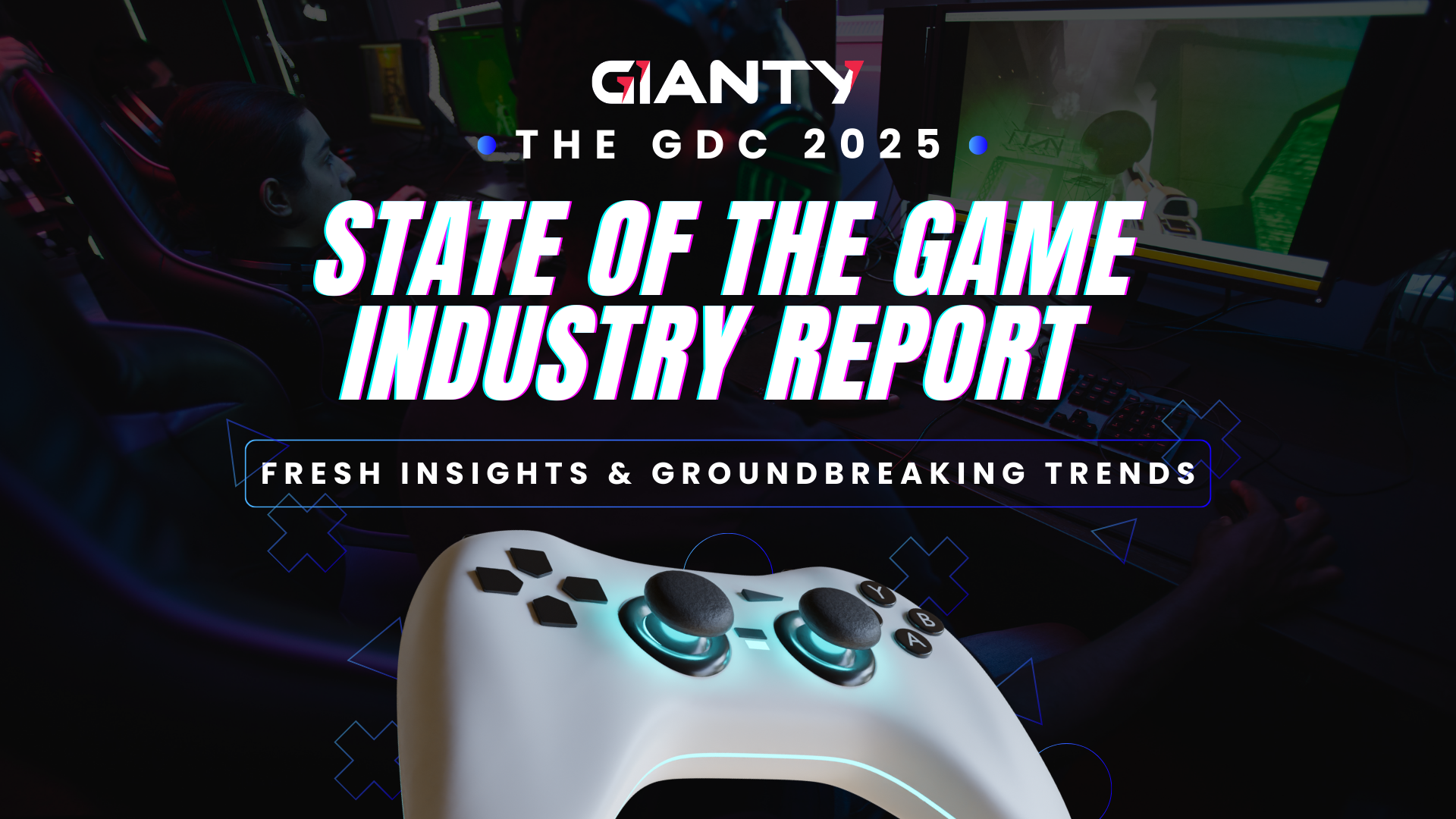Asia-Pacific countries are the markets that generate revenue for the global gaming industry. The largest markets include:
- China, with revenue of about 32 billion USD in 2017 and 38 billion USD in 2018.
- Japan, increased to about 19 billion USD.
- Korea, 4 billion USD.
Smaller markets include:
- Taiwan, Indonesia, India (at approximately $1 billion in annual revenue)
- Thailand, Malaysia, Vietnam, and the Philippines (nearly half a billion USD).
In most countries, the number of male gamers outnumbers female gamers and is in the age group from 21 to 35 years old.
The Asia Pacific region has dominated the global video game market for many years now. This is an extremely attractive market for players, developers, as well as game publishers.
According to a study in 40 countries, conducted by AppsFlyer: In Japan, Taiwan, and Korea, the number of “organic” application downloads (ie users do not intentionally search) increased by 37 % in 2017, which is 61% higher than the global average. This means that gamers in these countries respond positively to the marketing and advertising of these applications.
These countries also have the most attractive audiences, with returns on advertising spending about 50% higher than the global average.
In Japan, the average revenue per game app user is more than double the global average: $4.50 on Android and $4.80 on iOS compared to $2 globally). In Taiwan, this figure is 3.7 USD on Android and 4.1 USD on iOS.
This means investing in advertising and sponsorship marketing can yield the best ROI in Japan, Taiwan, Korea, and Vietnam.

eSport in Asia
Southeast Asia is currently the fastest-growing eSports region. There are nearly 10 million eSports enthusiasts, of which 2.8 million are in Vietnam and 2 million are in Indonesia. This number is expected to double by 2019.
This is partly because eSports has been accepted as a sport at the 2018 Asian Games and is hoped to be included in the 2022 Olympics.
Academies that teach strategy and techniques are being set up in Malaysia and Singapore. Korea is considered the center of eSports in Asia, where the best teams and training infrastructure are located. The number of tournaments is increasing rapidly in this region and gamers also have more opportunities to interact with more audiences.
The economic value of eSports is also being recognized. For example, SEA in Singapore owns the Garena game platform along with the Airpay financial platform. It helps bring together users of the two companies by enabling digital payments for entertainment. This company also has the backing of Tencent and is licensed to use Tencent’s games for the Southeast Asian market. Therefore, SEA is currently the largest e-commerce and gaming company in Singapore.
The game market situation in some Asian countries
1. China
The number of gamers in China is extremely large. The country accounted for about 28% of total global game revenue in 2018. 61% of that came from mobile and is expected to increase to 70% by 2020. Along with that, gamers are also increasingly willing to spend . But until recently, the average spending of a paying gamer in China was less than half that in the US.
Tencent is currently the market leader in China with over 50% market share of PC and mobile game revenue.
2. Korea
South Korea is known as a country obsessed with gaming and is also known as the birthplace of eSports. This is probably thanks to the Government’s decision in the ’90s to invest in technology, especially the Internet. Currently, more than 47 million of the 51 million population are active online, which is nearly 93%.
The government is also continuing to provide support. For example, the Government’s partnership with game developer Blizzard resulted in tournaments and competitions surrounding the game Starcraft. Professional gamers become celebrities, many receive large sponsorships and have their living expenses paid.
Almost half of the country’s population is gaming, which is 25.6 million. About 75% of them are men. In other places, people often tend to play games at home. But in Korea, gaming clubs or “PCBangs” are now very popular. There are about 40,000 such locations in Korea. They are part of social clubs, Internet cafes, and even gaming venues. There are also many reports about game addiction in Korea.
The popular form of gaming here is multiplayer online role-playing games. These are high-load games with an average revenue per user of around $5.27 compared to a global ARPU of around $3.
3. Japan
Japan is the third largest gaming market in the world, after the US and China. This is thanks to the fact that more than 93% of the population are Internet users. The mobile gaming market is about the same size as the United States, with about a third as many gamers. Japanese gamers are also the most willing to spend. On average, each person will spend 1.5 times more than North American gamers and 2.5 times more than gamers in Western Europe.
Because of laws tightening regulations on prize money, eSports in Japan has decreased compared to other Asian countries. The Japan eSports Alliance is the new governing body, merging the three previous eSports associations. This agency helps the Japanese eSports market overcome legal challenges and help athletes achieve their best.
4. Singapore
There are about 500,000 gamers in Singapore and this number is growing. Games as well as eSports are used as a way to attract young people in Singapore. An eSports tournament combined with a music festival organized by the National Youth Council. An eSports academy was also established to teach strategy and techniques to gamers
5. Thailand
Thailand had about 18 million gamers in 2017 with the number from both genders almost balanced. Revenue from the game nearly reached 600 million USD.
6. Indonesia
Indonesia is the second largest market in Southeast Asia. It contributes about 2% of this country’s GDP. The games are currently strongly supported to partly reflect Indonesian culture in the game. The Internet access rate in this country is relatively low, at 53%.
7. Philippines
Internet cafes are the basis for the development of games and eSports in the Philippines. In a country still suffering from poverty, these stores will help gamers access games for just a few cents and without needing to invest in equipment. However, low transmission speeds are still a major barrier to the development of this sport
8. Vietnam
In Vietnam, video game publishing companies are major employers in the gaming industry, attracting many dynamic young engineers and artists in the country. The number of gamers grew from 13 million in 2013 and increased to nearly 40 million in 2017.
Source: CafeBiz











